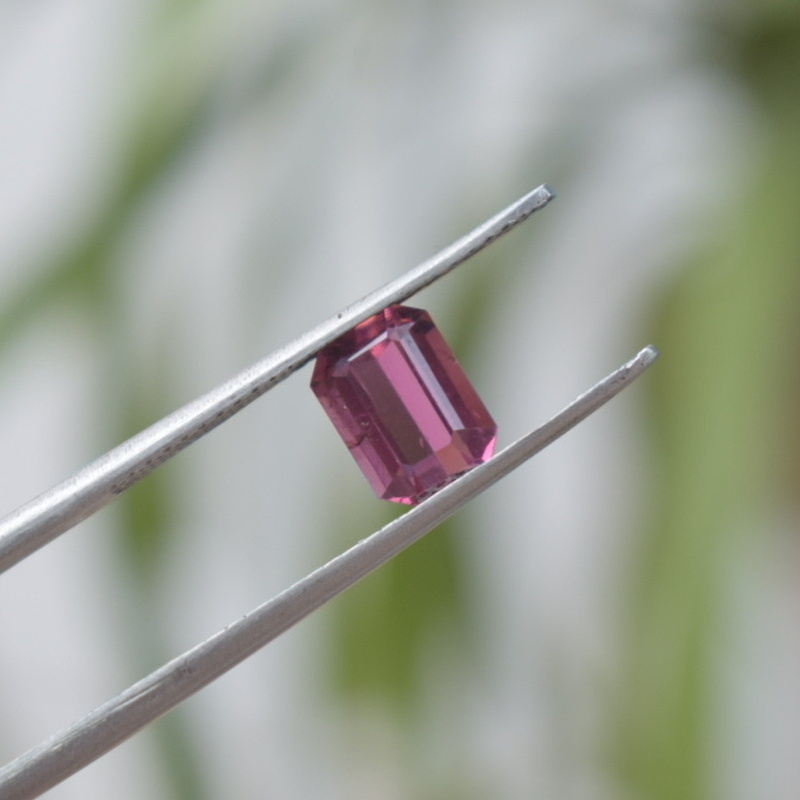Tourmaline | Pink Tourmaline
Tourmaline | Pink Tourmaline is a beautiful gemstone cherished for its lovely pink hues, which can range from soft pastel pinks to vibrant magentas. It’s known for its clarity and brilliance, making it a popular choice for jewelry pieces like rings, necklaces, and earrings.
Tourmaline fascinates and captivates as a versatile gemstone, highly prized in the world of jewelry for its wide range of colors and striking beauty. It is Birthstone of October. Here is an overview of tourmaline and its key characteristics:
Tourmalines come in a wide variety of exciting colors. In fact, tourmaline has one of the widest color ranges of any gem species, occurring in various shades of virtually every hue.
Types & colors Of Tourmaline:
“Rubellite is a name for pink, red, purplish red, orangy red, or brownish red tourmaline; however, some in the trade argue that the term shouldn’t apply to pink tourmaline. On the other hand, indicolite is dark violetish blue, blue, or greenish blue tourmaline. Moreover, Paraíba is an intense violetish blue, greenish blue, or blue tourmaline from the state of Paraíba, Brazil. Notably, it is a rare and highly sought-after type of tourmaline known for its neon blue or green colors, found in Brazil and Africa. In addition, chrome tourmaline (Verdelite) is intense green vanadium, which is the same element that colors many Brazilian and African emeralds, mostly colors it, despite its name. Furthermore, parti-colored tourmaline displays more than one color. One of the most common combinations is green and pink; nevertheless, many others are possible. Additionally, watermelon tourmaline is pink in the center and green around the outside. Consequently, scientists typically cut crystals of this material into slices to display this special arrangement.. Finally, schorl is black tourmaline, commonly used for its protective qualities.”
Our gemstone collection
Overview of Tourmaline:
- Variety of Color: Tourmaline features a diverse color spectrum and appears in virtually every color. Including pink, green, blue, red, yellow, and black. Some tourmaline stones even show multiple colors within a single crystal, which people call bi-color or tri-color tourmaline.
- Chemical Composition: Tourmaline is a complex boron silicate mineral with a wide range of compositions. The specific elements present in a tourmaline crystal determine its color and properties. Common elements include aluminum, iron, magnesium, sodium, lithium, and potassium.
- Hardness and Durability: Tourmaline has a hardness of 7 to 7.5 on the Mohs scale, making it relatively durable and suitable for everyday wear in jewelry.
- Crystal Structure: Tourmaline crystals are typically prismatic and can have striations along their length. They often form in elongated shapes with well-defined facets, enhancing their brilliance when cut and polished.
- Origin and Sources: Tourmaline occurs in various locations around the world, including Brazil, Afghanistan, Africa, Sri Lanka, and the United States. Different regions produce tourmaline in specific colors and qualities.
- Metaphysical Properties : People believe tourmaline possesses various metaphysical properties and often associate it with protection, grounding, and balancing energies. It is also thought to enhance creativity and attract inspiration.

Reviews
There are no reviews yet.